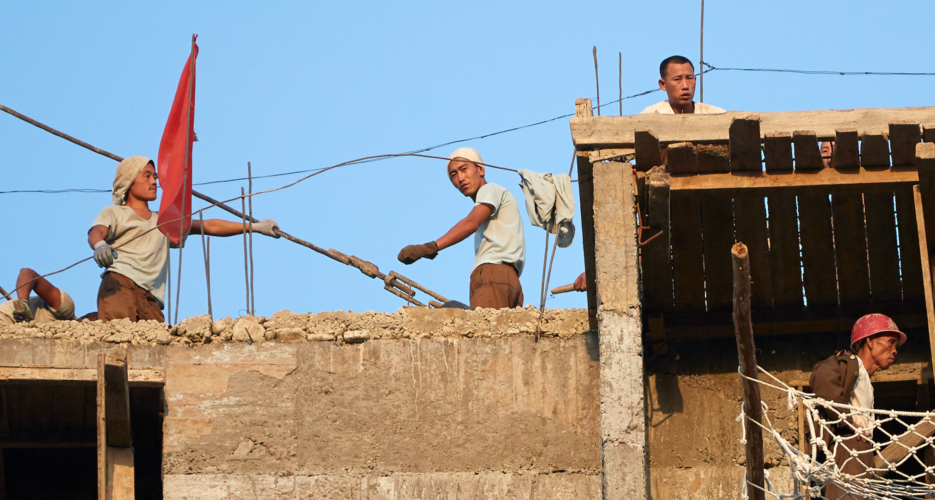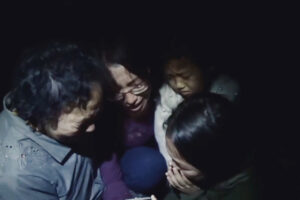Pyongyang’s skyline is hardly the most memorable or impressive in comparison to those of the world’s major cities, yet a minor construction boom has rendered large parts of the North Korean capital almost beyond recognition from just a couple decades before, with massive high-rises replacing mud huts.
DPRK propaganda has presented this transformation as another triumph of the leader and party and as evidence of the socialist economy’s power. But in fact, partnerships between the state and emerging independent businesses is what made possible the capital’s construction boom from 2005 to 2017. While on paper state-owned enterprises and government agencies completed the work, in practice private entrepreneurs known as "donju," or “masters of money,” were the driving force.
Pyongyang’s skyline is hardly the most memorable or impressive in comparison to those of the world’s major cities, yet a minor construction boom has rendered large parts of the North Korean capital almost beyond recognition from just a couple decades before, with massive high-rises replacing mud huts.
DPRK propaganda has presented this transformation as another triumph of the leader and party and as evidence of the socialist economy’s power. But in fact, partnerships between the state and emerging independent businesses is what made possible the capital’s construction boom from 2005 to 2017. While on paper state-owned enterprises and government agencies completed the work, in practice private entrepreneurs known as "donju," or “masters of money,” were the driving force.
Become a member for less than $4 per week.
Unlimited access to all of NK News: reporting, investigations, analysis
The NK News Daily Update, an email newsletter to keep you in the loop
Searchable archive of all content, photo galleries, special columns
Contact NK News reporters with tips or requests for reporting
Get unlimited access to all NK News content, including original reporting, investigations, and analyses by our team of DPRK experts.
Subscribe now
All major cards accepted. No commitments – you can cancel any time.










